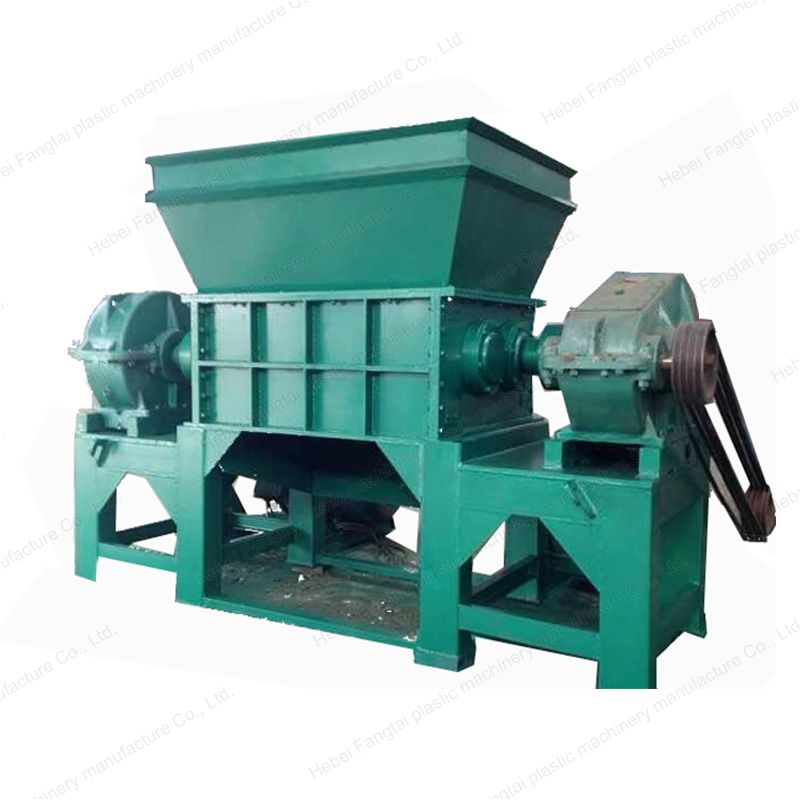Plasma Cutter Safety: Best Practices and Tips for Safe Operation
Plasma cutters are powerful tools that have revolutionized metal fabrication processes. With their ability to cut through various metals with precision and speed, plasma cutters have become indispensable in many industries. However, it's essential to prioritize safety when operating a plasma cutter to prevent accidents and injuries. In this article, we will discuss the best practices and tips for safe operation of plasma cutter, ensuring that you can work efficiently while minimizing risks.

Choose the Right Personal Protective Equipment (PPE)
Before using a best plasma cutter, it is crucial to wear the appropriate personal protective equipment (PPE). This includes:
Safety Glasses: Protect your eyes from sparks, debris, and harmful UV radiation emitted during the cutting process.
Face Shield or Welding Helmet: Provide additional protection for your face and neck against flying debris and intense light.
Fire-Resistant Clothing: Wear flame-resistant clothing, such as a welding jacket or apron, to protect your body from sparks and molten metal.
Gloves: Use heavy-duty, heat-resistant gloves to shield your hands from heat, sparks, and potential cuts.
Safety Boots: Wear steel-toed boots to protect your feet from falling objects and accidental impacts.
Maintain a Safe Working Environment
Creating a safe working environment is essential when operating a plasma cutting machine . Follow these guidelines to ensure a safe workspace:
Well-Ventilated Area: Perform plasma cutting in a well-ventilated area or use exhaust systems to remove smoke, fumes, and gases produced during the cutting process.
Clear the Area: Remove any flammable materials, clutter, or debris from the work area to minimize fire hazards and tripping risks.
Fire Extinguisher: Keep a fire extinguisher nearby and ensure it is in proper working condition.
Secure Workpiece: Securely clamp the workpiece to prevent movement during cutting, reducing the risk of accidents.
Maintain Proper Lighting: Ensure adequate lighting in the workspace to clearly see the cutting area and avoid potential hazards.
Familiarize Yourself with the Equipment
Before operating a plasma cutter, it is crucial to familiarize yourself with the equipment and its components. Read the manufacturer's manual and follow these guidelines:
Enhancing Efficiency and Precision: The Advantages of CNC Pipe Threading Lathes
Understanding the Pricing Factors of Portable Pipe Cutting Machines
What is Colour Coated Steel?
What are the applications of waste heat boilers?
Unlocking Precision and Efficiency: How Fiber Laser Cutting Machines Work
Mushroom Grinding Machine: Revolutionizing the Processing Industry
Fixed Towing Cableways as a Transport Solution
Inspect the Equipment: Regularly inspect the plasma cutter for any damage, loose connections, or worn-out parts. Do not operate a faulty or damaged machine.
Use the Correct Consumables: Ensure that you use the appropriate consumables for your specific plasma cutter model. Using incorrect or damaged consumables can affect the quality of cuts and pose safety risks.
Proper Grounding: Connect the workpiece to a proper grounding point to prevent electrical shocks and ensure a stable cutting arc.
Maintain Distance: Maintain a safe distance from the cutting arc to avoid exposure to intense heat and harmful radiation.
Practice Safe Cutting Techniques
Following safe cutting techniques is vital to minimize the risk of accidents while using a plasma cutter:
Position Yourself Correctly: Stand in a stable position with a firm grip on the torch to maintain control during cutting.
Avoid Cutting Overhead: Refrain from cutting overhead to prevent sparks, molten metal, or debris from falling onto you or others.
Plan Escape Routes: Be aware of your surroundings and plan escape routes in case of emergencies or unexpected situations.
Proper Torch Handling: Hold the torch with both hands, keeping a safe distance from the workpiece and your body.
Avoid Contact with Hot Metal: Do not touch the workpiece immediately after cutting, as it remains extremely hot and can cause severe burns.
Proper Maintenance and Storage
Maintaining and storing your plasma cutter correctly is crucial for its longevity and safe operation:
Regular Cleaning: Clean the torch, consumables, and machine after each use to remove debris and ensure optimal performance.
Inspect Cables: Regularly inspect cables, hoses, and connections for any signs of wear, damage, or leaks.
Secure Storage: Store the plasma cutter in a dry, clean area, protected from moisture, extreme temperatures, and unauthorized access.
Follow Manufacturer's Maintenance Guidelines: Adhere to the manufacturer's recommended maintenance schedule and guidelines for your specific plasma cutter model.
Conclusion
Operating a plasma cutter can significantly enhance efficiency in metal fabrication processes. However, ensuring safety is paramount to prevent accidents and injuries. By following the best practices and tips outlined in this article, such as wearing appropriate PPE, maintaining a safe working environment, familiarizing yourself with the equipment, practicing safe cutting techniques, and proper maintenance and storage, you can operate a plasma cutter with confidence while prioritizing your well-being.
Recommended article:What are the advantages of using a microbulk tank?
How Do I Choose the Right Low-Pressure Injection Molding Machine for My Needs?
Air-Cooled Screw Condensing Units
What Is an Excavator Vs Backhoe?
How Does an Induction Brazing Machine Work?
What is Common Blow Molding Problems and Solutions?
Factors to Consider for Efficient Double Head CNC Lathe Operations









Comments
0